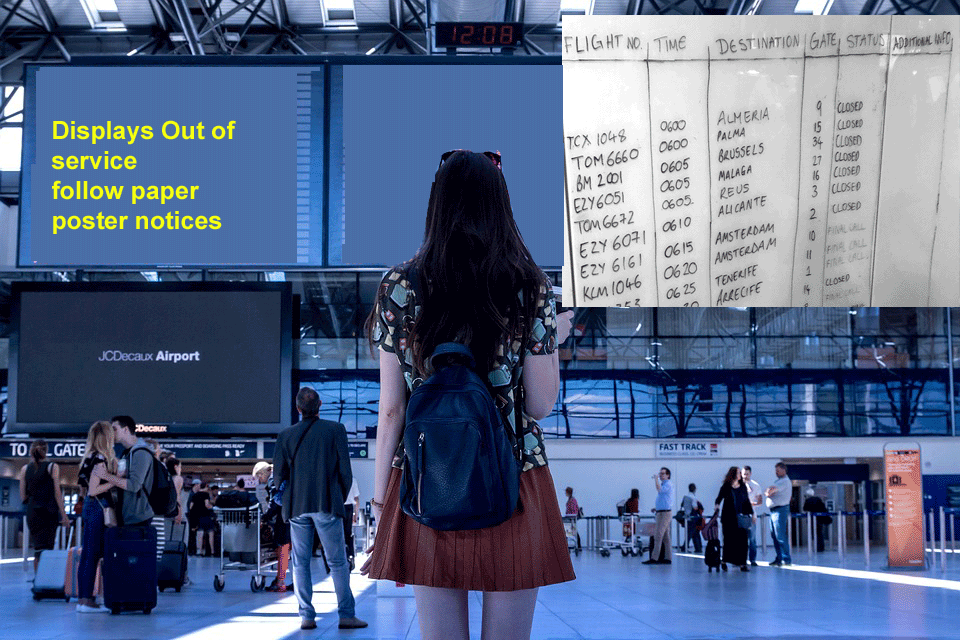What went wrong?
In short, the biometric passport control systems used in these e-gates glitched out.
According to the UK Government website, there are more than 270 e-gates at 15 key air and rail ports across the UK. These gates are supposed to make travel into the UK quicker and easier. If you have a biometric symbol on the cover of your passport, are aged ten and over, and are a British citizen or a national of an EU country, you can use the e-gates at the border.
As you can imagine, the problem with using the same system across multiple places is that if something happens to one of them, it usually affects all of them. This meant that major airports in places like Heathrow, Gatwick, Stansted, Manchester, and Edinburgh were all hit by this glitch.




